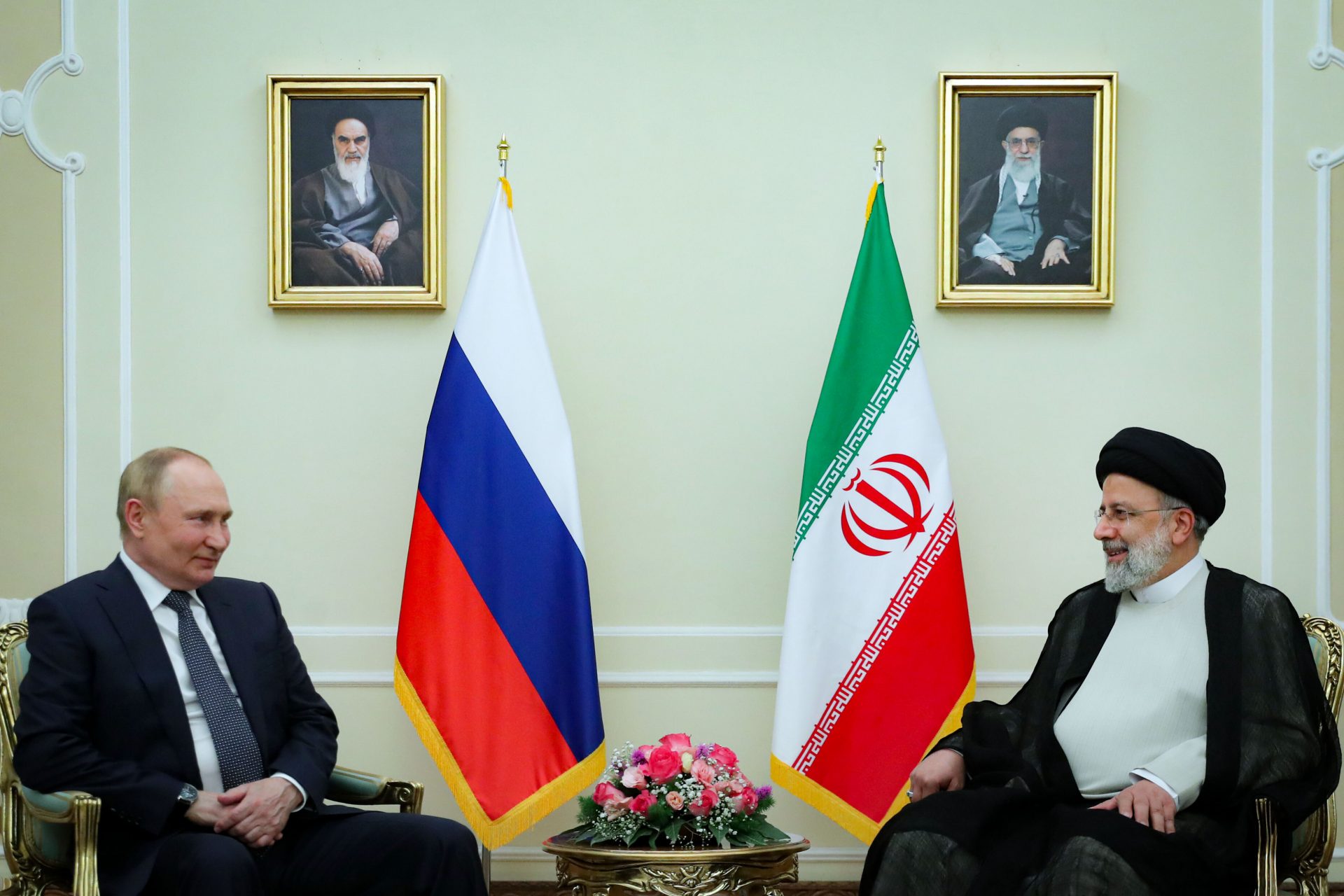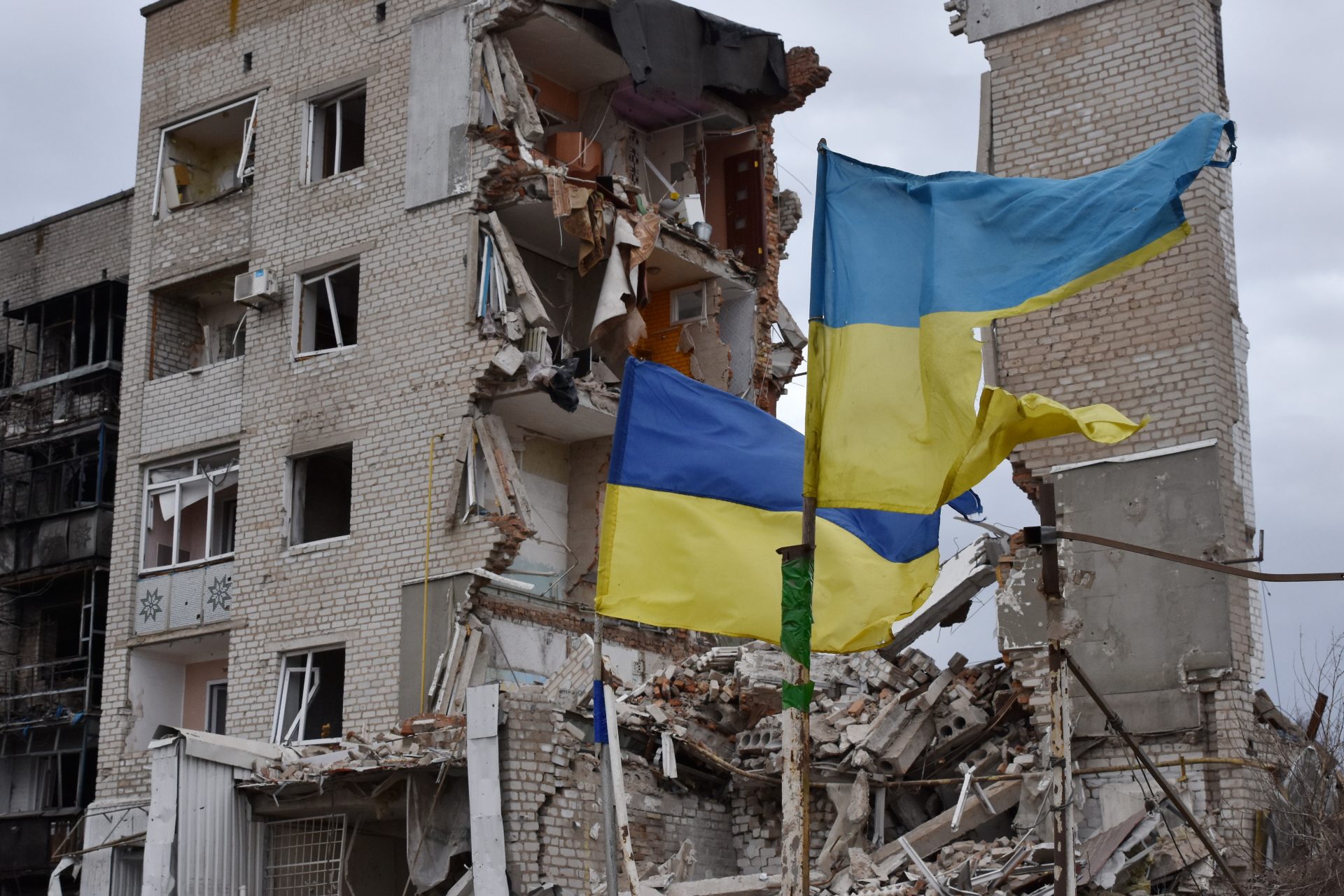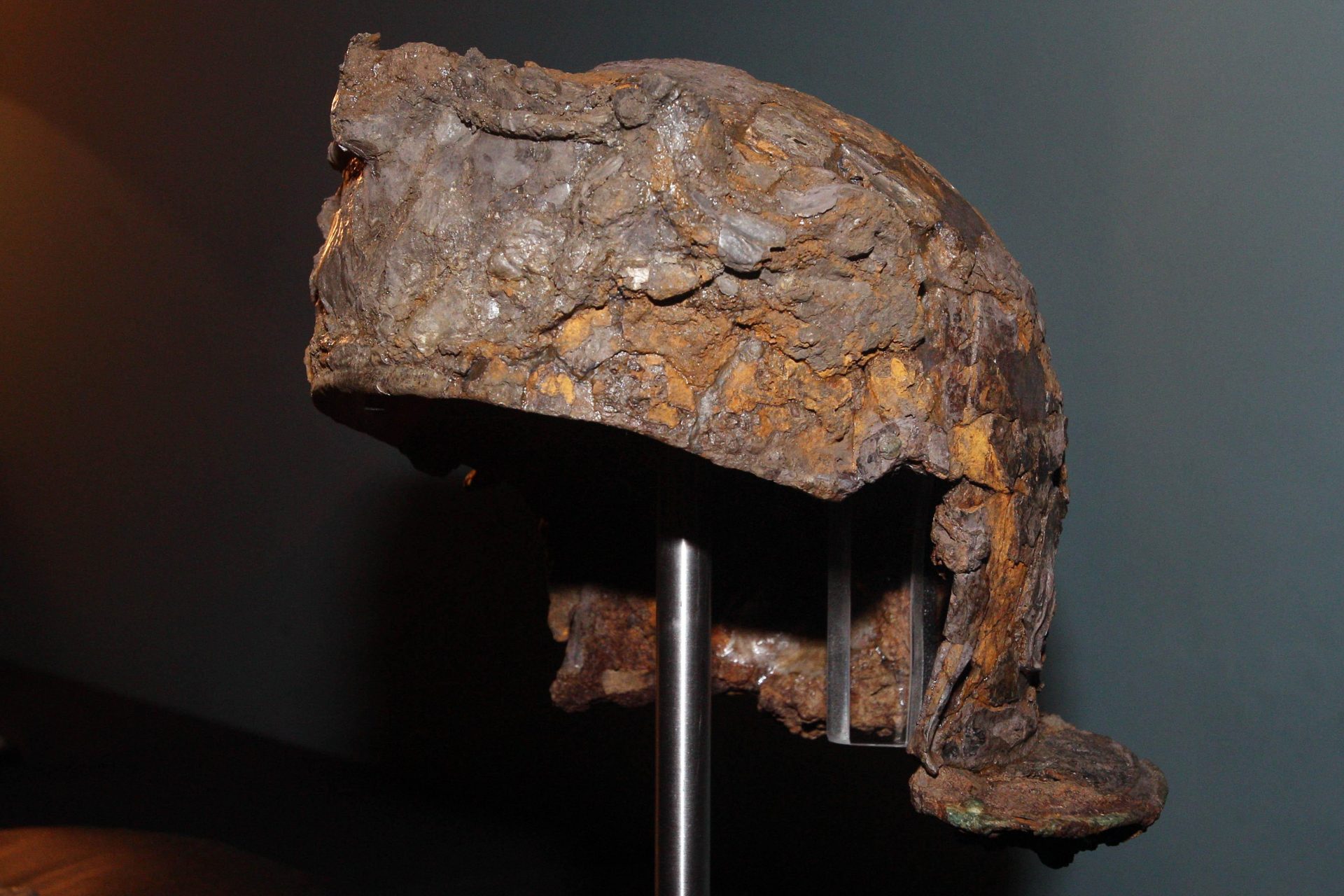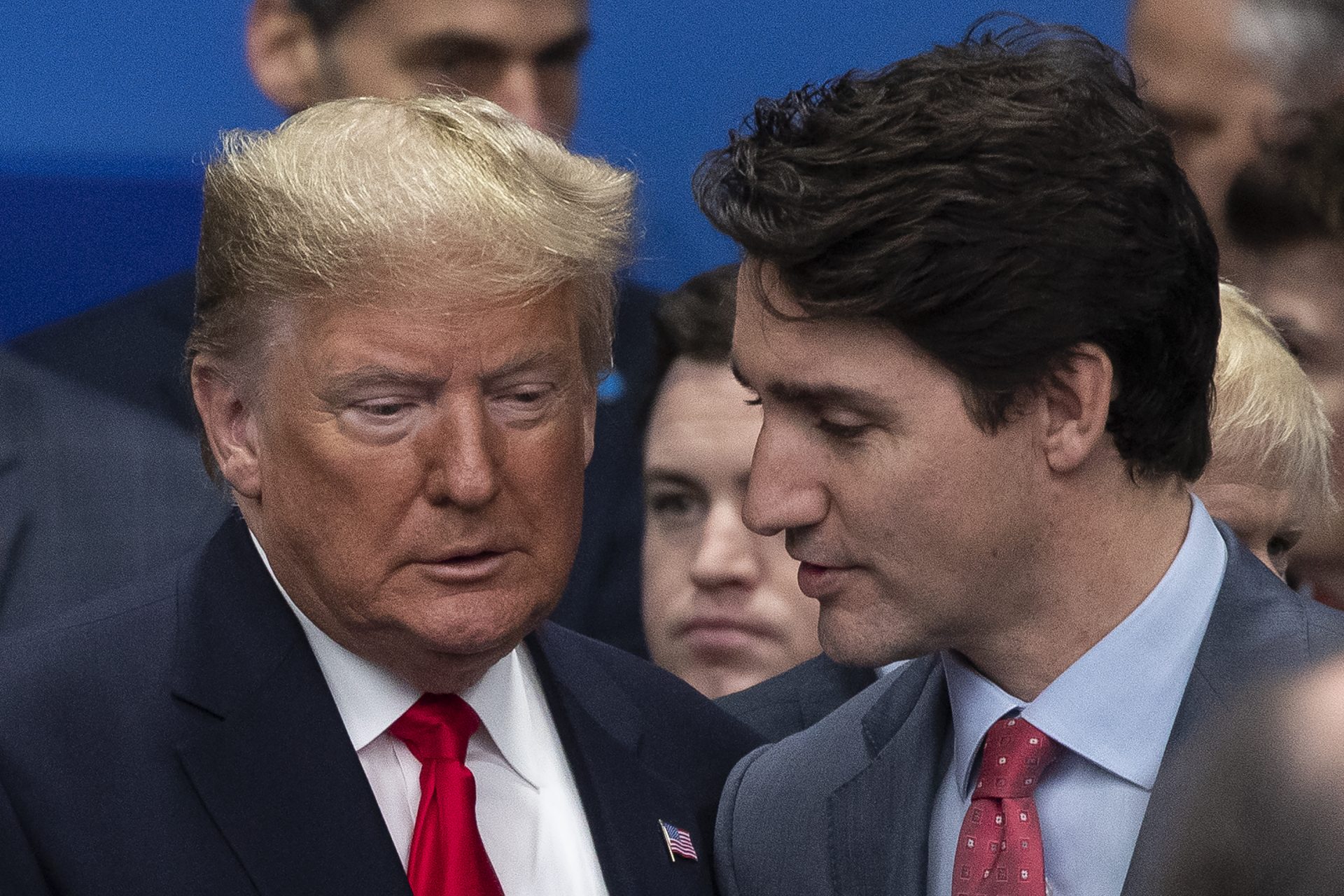Unraveling History: The saga of Russian-Iranian relations
The longstanding relationship between Moscow and Tehran, strengthened through challenging circumstances, transcends ideological boundaries and historical eras.
Russia and Iran are two countries that are usually mentioned in the same breath while talking about geopolitics. However, understanding their relationship is vital to understand the role of the United States and the rest of the Western democracies in contrast with the rest of the world.
In 1979, the Soviet Union became the first country to recognize the then-recently established Islamic Republic of Iran, with religious leader Ayatollah Khomeini as the Head of State.
The alliance between a traditionalist Muslim theocracy and an atheist and communist state would seem like a contradiction, but it wasn’t the first time (nor the last) that both countries were on the same side against a common enemy.
The Iranian Revolution deposed a monarchy headed by Muhammad Reza Pahlavi, friendly to Western powers such as France, the United Kingdom, and the United States.
In fact, many Iranians remember the democratically-elected Prime Minister Mohammad Mossadegh was overthrown in 1953 with the blessing of US and British intelligence for fears of nationalizing the local oil industry.
The Soviet-Iranian friendship didn’t last long. The Kremlin supported Saddam Hussein with weapons during the early years of the Iran-Iraq War. However, it proved an important turning point that is still relevant today.
Relationships between Iran and Russia go way back to the early 16th Century when the Muscovite government and the Persian Empire established formal relations.
Both were united by a common enemy: The Ottoman Empire centered in present-day Turkey. However, the Russian Empire continued to grow in power, imposing itself into Persia well into the Soviet era.
In fact, just before WWI broke out, Russia and Great Britain had troops respectively occupying northern and southern Iran, rendering the government in Tehran powerless.
Another Anglo-Soviet invasion of Iran followed in WWII, to ensure that the Persian kingdom would remain on the Allies' side. In fact, the US, UK, and USSR leaders met in Tehran in 1943.
Flash forward 40 years later, during the Iran-Iraq War, the United States and the Soviet Union went back and forth supporting either Iran or Iraq, led by Saddam Hussein.
What is true is that, after the fall of the Soviet Union, Iran began facing hefty sanctions from the United States and Western Europe throughout the 1990s.
Meanwhile, the 2000s brought the War on Terror, with the United States and other Western powers invading Iraq and Afghanistan as a way to combat terrorist organizations linked to Islamic Fundamentalism.
In fact, the Bush Administration pushed the narrative that Iran was part of the “Axis of Evil”, along with Iraq and North Korea.
During this time, Russia became an important trading partner to the Tehran government, along with China and Turkey.
In 2006, Iran was invited to be part of the Collective Security Treaty Organization, a military alliance in Eurasia made up of former Soviet nations: Russia, Belarus, Armenia, Kazakhstan, Kyrgyzstan, and Tajikistan.
Iran and Russia also formed part of a coalition with Syria, Iraq, and Hezbollah to coordinate efforts against the Islamic State during the Syrian Civil War.
Syria has been one of Iran’s biggest and most consistent allies since the Islamic Revolution.
Until the global response to the Russian invasion of Ukraine, Iran was considered the country facing the most international sanctions.
There’s been talk that Iran has been helping Russia during the war in Ukraine.
As CNN reports, Tehran denied for months sending drones to help out Moscow until it finally admitted it had sent a limited number of drones just before the invasion.
National Security Council spokesperson John Kirby, as quoted by Politico, explains it in these terms: “It’s another sign of how isolated both Russia and Iran are and they have to rely on each other”.
More for you
Top Stories




































